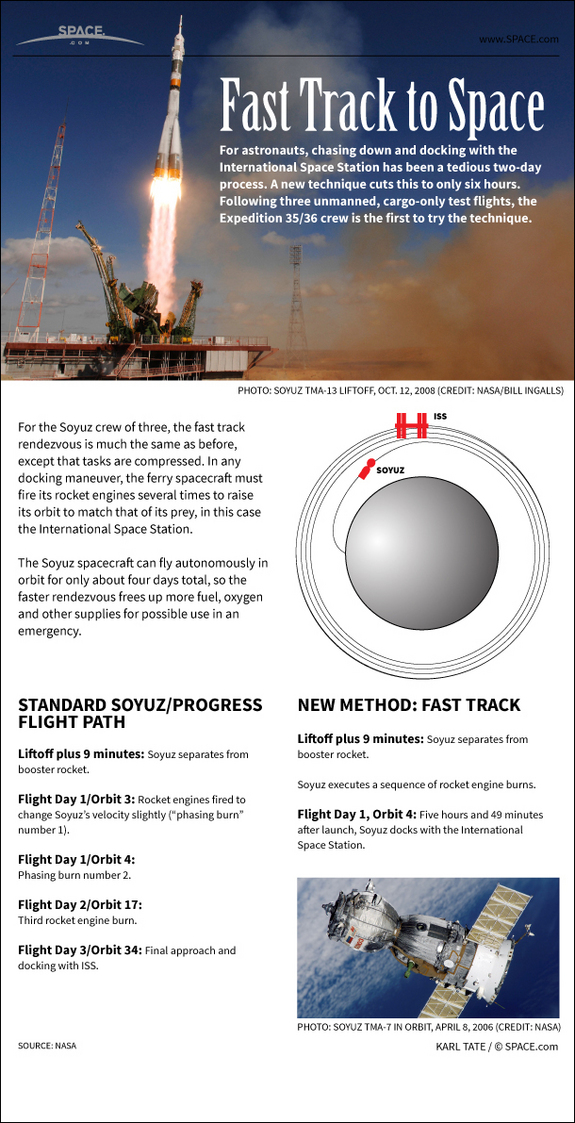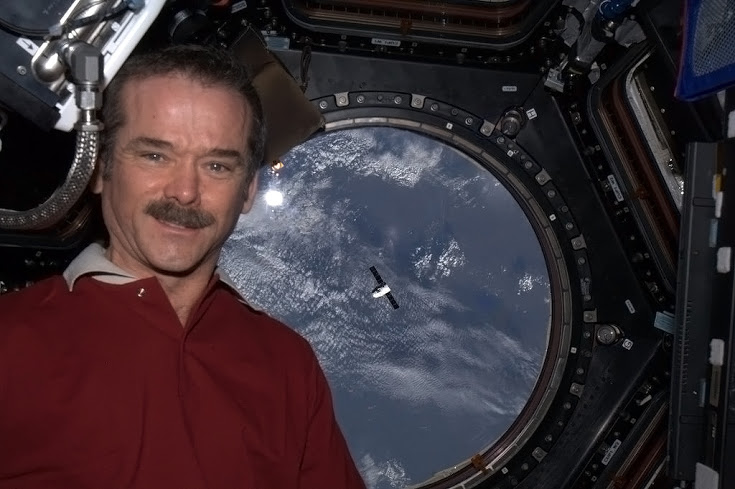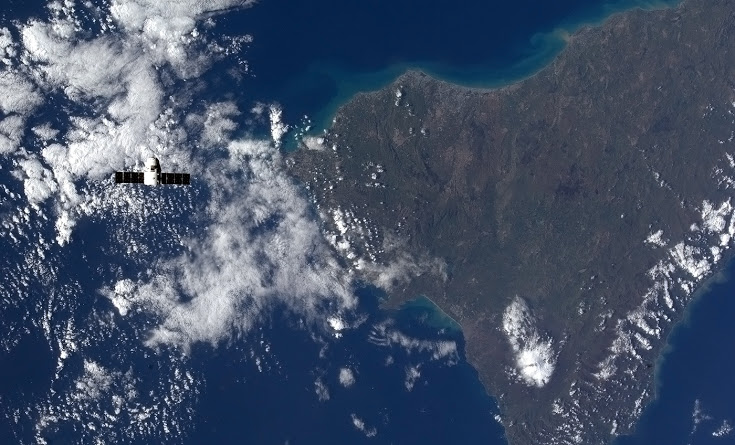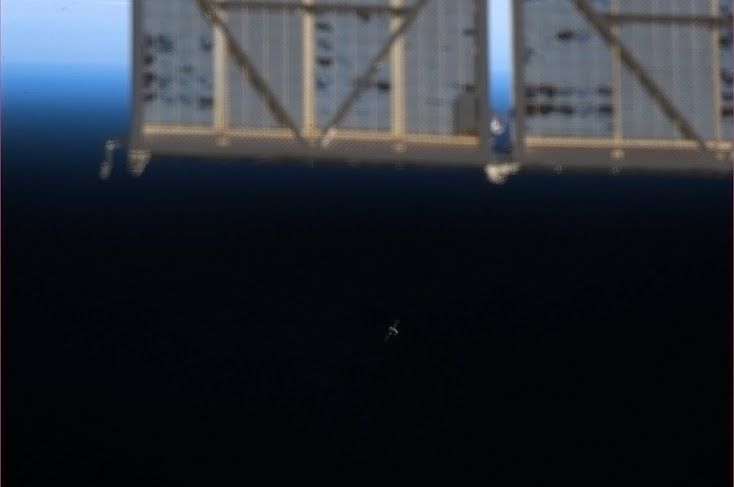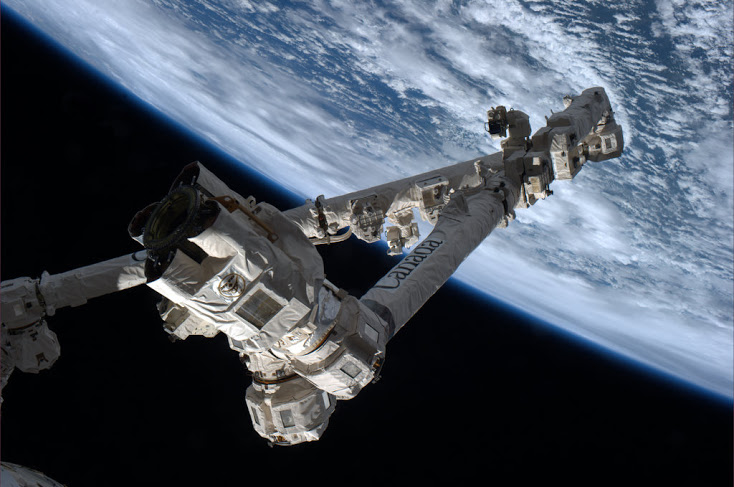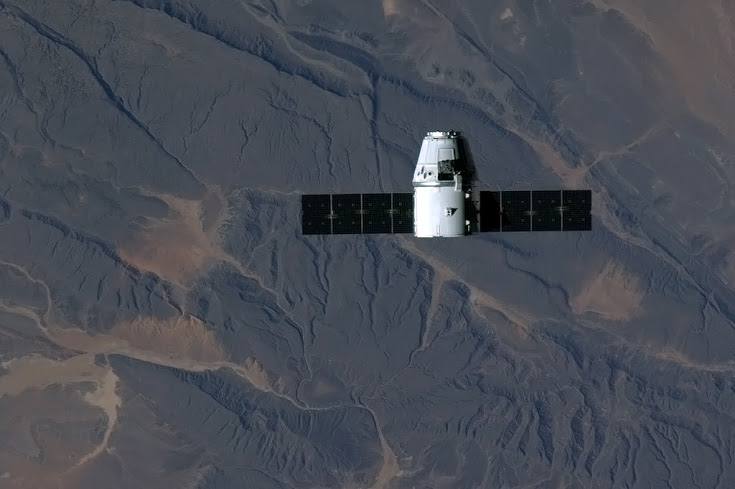Check out the below infographic for information on how we've managed to reduce the time it takes to get to the International Space Station from two days to six hours! This has been used on automated missions but never for manned spaceflight until today. Just imagine if you could reduce your work commute by the same 1/8 ratio - an hour commute would become 7.5 minutes!
The Soyuz capsule is a very tiny and cramped spacecraft, so the less time in it, the better for the astronauts. It can only fly autonomously in orbit for only about four days total, so the faster rendezvous frees up more fuel, oxygen and other supplies for possible use in an emergency. More importantly, this saves a ton of money for the space program since there is less time needed at Mission Control in Houston to monitor the launch.
Keep in mind, the Earth itself is moving, and the ISS is moving in orbit around the Earth at about 5 miles a second. From the moment the Soyuz capsule launches, everything is in a different place, so we are aiming for a moving target.
